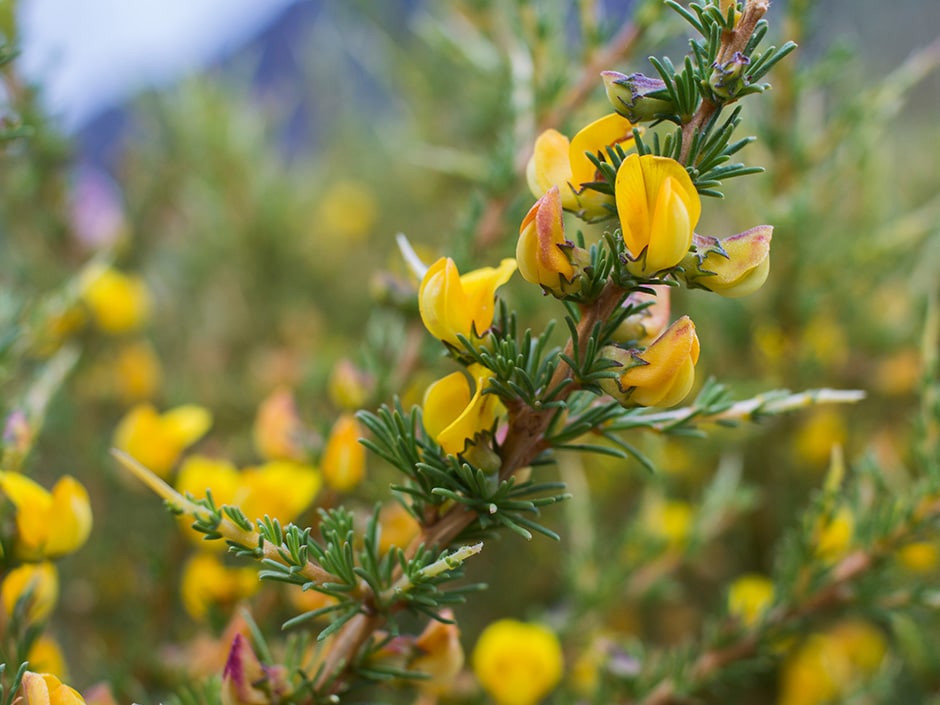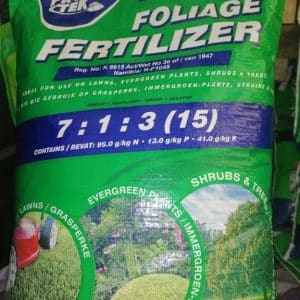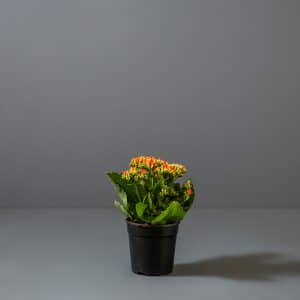How to grow fynbos
Indigenous and fynbos

Give it up for South Africa’s garden delight: Fynbos, the superstar of the Western and Eastern Cape regions that’s bringing mountains to life with its stunning presence! There are over 9,000 fynbos species, each with its own unique charm.
From the beloved protea to vibrant heathers, daisies, orchids, irises and the Cape thatching reed, the options are endless! Choosing which fynbos to grow might just be the toughest decision you’ll make.
When to plant fynbos
- In winter-rainfall areas: establish fynbos plants during the cooler, wetter autumn and early-winter months to prepare them for the dry summer.
- In summer-rainfall areas: plant fynbos in early spring when periods of frost have passed but the weather is still cool.
Fynbos-growing tips
Here are a few tips to help you grow these indigenous beauties and make them the focus of your garden.
Light
Fynbos enjoys full sun and won’t grow well in damp or humid areas.
Water
While fynbos plants are fairly drought-tolerant, they need to be well established before they can tolerate long, dry periods.
Take care to keep the soil of just-planted fynbos moist but not waterlogged by watering two to three times a week. Once the plants are established, watering can be reduced to once a week.
Soil
- Fynbos enjoys soil that has good drainage.
- The good news for busy gardeners is that fynbos has adapted its root systems to thrive in relatively nutrient-poor soil.
Fertiliser
- Chemical fertilisers containing phosphorus will damage your fynbos plants, so use a slow-release organic fertiliser instead.
- Potassium and phosphorus hinder the growth of fynbos plants, so avoid feeding them with mushroom compost, bonemeal or any kind of manure.
Did you know? While fynbos only covers less than 7% of South Africa, it has the largest number of plant species of any biome in the country.
For more on soil care, read this blog: Give Your Garden Soil a Boost
You might also like
Shop online
-
BIRDS NEST FERN
- R99.99
-
LAWN FERTILISER 7.1.3
- R109.99 – R349.99
-
Kalanchoe 12cm
- R49.99
-
GIANT JUNIOR 15KG
- R1,608.99




